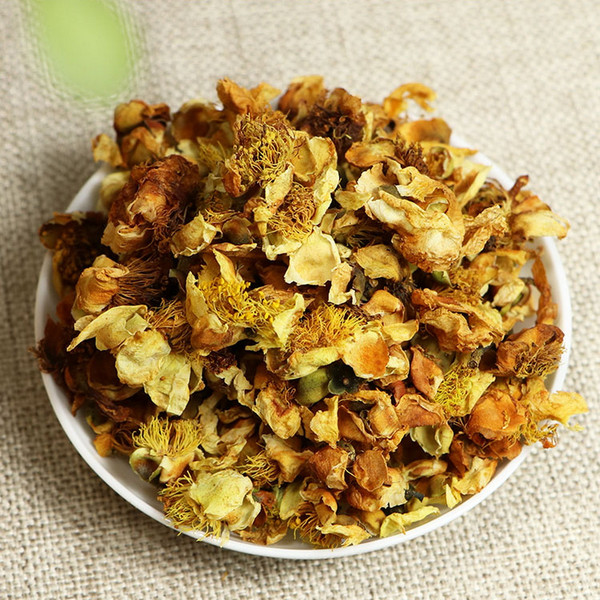Product Overview
These are the fresh tea flowers hand-picked from old pu-erh tea trees of ancient tea gardens. Pu-erh tea comes from Camellia Sinensis Tea Trees and is often picked from trees that have been growing for hundreds of years. These tea flowers are from Jing Mai Mountain in southern Yunnan and are harvested from old-growth tea trees native to the area. The tea garden is totally sustainable, with natural farming practices and no pesticides or fertilizer at all. The tea garden is located at an altitude of 2000-2200m.
Our tea flowers were collected from old trees about 100-300 years old. The tea plant (Camellia sinensis) flowers once a year in the fall, just before the plant produces seeds and goes into winter hibernation. Tea flowers can be made into a lovely brew that is smooth and sweet.
Like tea leaves, flowers make a remarkable difference in quality. In particular, the concentration of aftertaste and flavor varies greatly depending on the altitude, age of the tree, and the presence of fertilizer. Old trees at high altitudes and without fertilizer grow slowly, so the tea flowers, as well as tea leaves, give a rich flavor and aroma, and the aftertaste is very thick, with a long-lasting finish and lingering richness on the palate.
Tea Flower is enjoyable when it is drunk alone, but it is also interesting to blend it with other teas. It goes well with green tea, white tea, black, pu-erh tea and oolong tea. Similar to Puer teas, the flowers age well, developing a richer, fuller flavor over time.
Brewing Guide: Rinse a teacup and teapot with hot water. Fill the teapot 2 grams (1-2 teaspoons) flowers for every 225ml of water. Infuse in hot water at 90°c (194°F) to 95°c (203°F) for 2 to 3 minutes for the first and second brewing. Gradually increase steeping time and temperature for subsequent brewing.


















